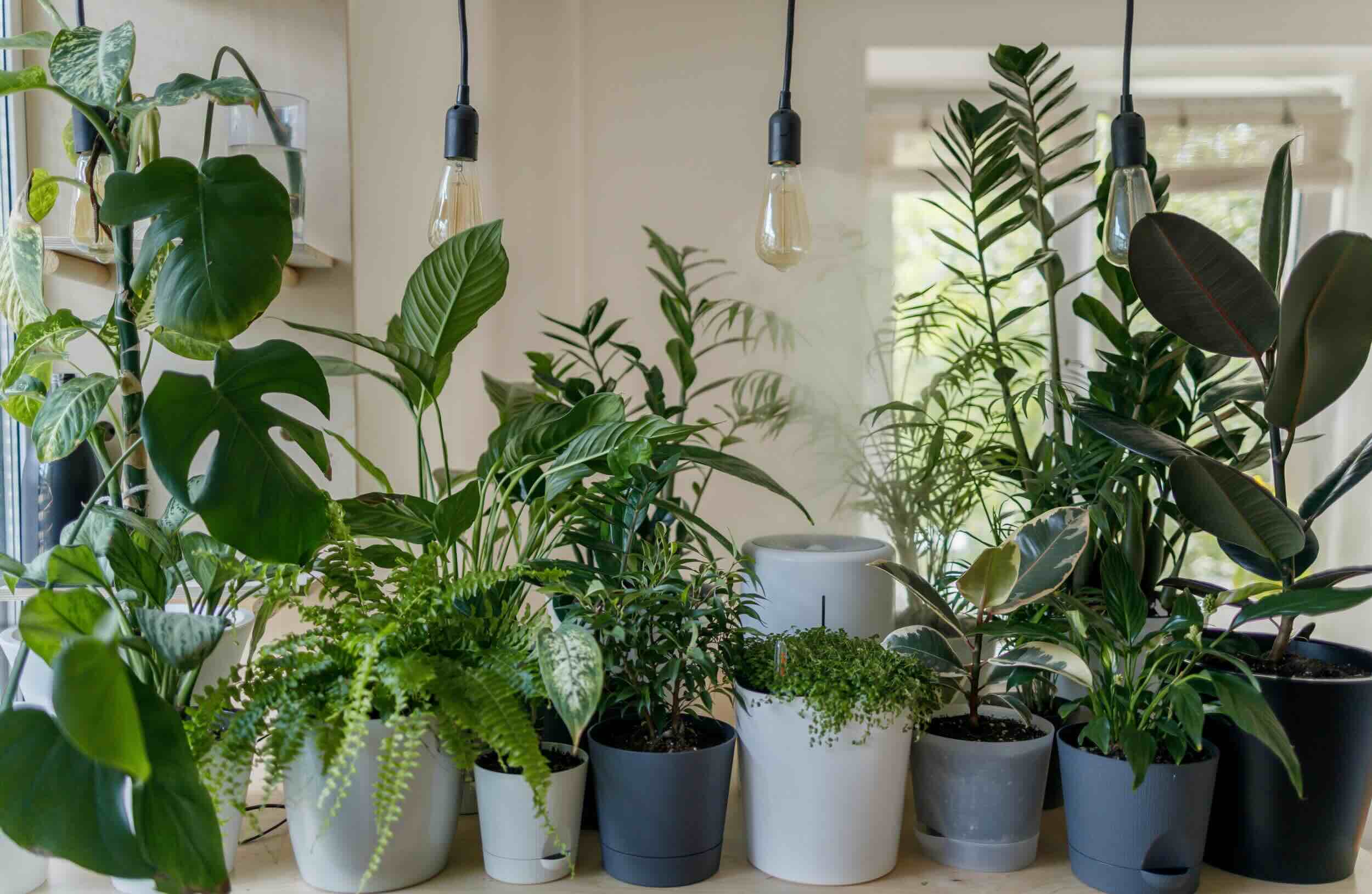

Articles
How To Store Plants During Winter
Modified: March 2, 2024
Learn how to store your plants during the winter months with these helpful articles. Protect your beloved plants from the cold and keep them thriving until spring.
(Many of the links in this article redirect to a specific reviewed product. Your purchase of these products through affiliate links helps to generate commission for Storables.com, at no extra cost. Learn more)
Introduction
As the cold winter months approach, it’s essential to know how to properly store your plants to protect them from the harsh weather conditions. Whether you have outdoor plants in your garden or cherished houseplants indoors, proper storage techniques can help ensure their survival and health throughout the winter season.
Storing plants during winter is particularly crucial in regions with freezing temperatures, snowfall, and strong winds. Without adequate protection, plants can suffer from frost damage, dehydration, or even die. By following the right guidelines, you can give your plants the best chance of thriving when spring arrives.
In this article, we will discuss the steps to store plants during winter, taking into account their specific needs and requirements. From assessing the plants’ needs to choosing the right storage location and preparing them for storage, we will cover all aspects of ensuring successful winter storage.
So, whether you’re a seasoned gardener or a beginner plant enthusiast, let’s dive in and learn how to store plants during winter for a healthy and vibrant garden come springtime.
Key Takeaways:
- Properly storing plants during winter involves assessing their needs, choosing the right storage location, and preparing them adequately. This ensures their survival and sets them up for successful growth come springtime.
- Whether it’s outdoor plants or cherished houseplants, wrapping and protecting them, digging up and storing bulbs and tubers, and monitoring their condition during winter storage are essential for maintaining their health and vitality.
Assessing the Plant’s Needs
Before you begin the process of storing your plants during winter, it’s crucial to assess their specific needs. Different plants have varying tolerance levels to cold temperatures and require different storage conditions. Here are some factors to consider when assessing the needs of your plants:
- Hardiness Zone: Determine the hardiness zone of your plants. The United States Department of Agriculture (USDA) provides a plant hardiness zone map that divides regions based on average annual minimum temperatures. This information will help you determine the temperature ranges your plants can tolerate.
- Type of Plant: Consider the type of plant you have. Some plants, such as evergreens and cold-hardy perennials, can withstand freezing temperatures, while others, like tropical plants, are more sensitive to the cold.
- Plant Health: Assess the overall health of your plants. Sick or weak plants may have a harder time surviving the winter months and may require extra care or protection.
- Maturity: Consider the maturity of your plants. Young, recently planted seedlings or delicate transplants may require more protection compared to established and mature plants.
- Specific Plant Requirements: Research the specific needs of each plant. Some plants may require specific humidity levels, light exposure, or water requirements during winter storage. Understanding these requirements will help you provide the best care.
By carefully assessing your plants’ needs, you can customize their storage conditions accordingly, ensuring they receive adequate protection and care throughout the winter months.
Choosing the Right Storage Location
Once you have assessed the needs of your plants, the next step in storing plants during winter is to choose the right storage location. The ideal storage location will provide the necessary conditions to protect your plants from extreme cold and adverse weather. Here are some factors to consider when selecting a storage location:
- Temperature: Choose a storage location that maintains consistent temperatures within the range suitable for your plants. This could be a garage, basement, greenhouse, or even a dedicated cold frame.
- Light Exposure: Consider the light requirements of your plants. Some plants may need exposure to natural light, while others can tolerate or even thrive in low-light conditions. Choose a location that provides the appropriate light levels for your specific plants.
- Humidity: Depending on the needs of your plants, you may need to consider humidity levels in the storage location. Some plants, especially tropical varieties, require higher humidity levels to thrive. Consider using humidifiers or other methods to maintain adequate humidity if necessary.
- Air Circulation: Proper air circulation is essential to prevent the buildup of stagnant air and potential mold or fungal growth. Ensure adequate ventilation in the storage location, especially if storing plants in enclosed spaces like basements or garages.
- Protection from Pests: Choose a location that is secure and protected from insects, rodents, or other pests that may cause damage to your stored plants. Inspect the storage area for any existing pest infestations and take necessary measures to prevent pests from entering.
Consider these factors when selecting the right storage location for your plants. It’s essential to provide an environment that closely mimics their natural habitat as much as possible, ensuring their well-being and survival during the winter months.
Preparing the Plants for Winter Storage
Before moving your plants to their winter storage location, it’s important to properly prepare them. This preparation will help maximize their chances of survival and maintain their health throughout the winter. Here are some steps to follow when preparing your plants for winter storage:
- Clean and Inspect: Start by cleaning the plants and removing any dead or decaying foliage. Inspect the plants for signs of disease or pests and take necessary measures to address any issues before storage.
- Pruning: Prune any dead or overgrown branches to promote healthier growth and prevent the plants from becoming too leggy. Be cautious not to prune excessively, as it may shock the plants.
- Watering: Adequately water the plants before storage to ensure they are well-hydrated. Avoid overwatering or letting the plants sit in standing water, as this can lead to root rot.
- Fertilizing: Depending on the needs of your plants, consider fertilizing them before storage. This can provide them with essential nutrients during their dormant period.
- Pest Control: Treat the plants for any existing pest infestations or apply preventative measures to keep pests at bay during storage. This can include using organic insecticides or employing natural pest control methods.
- Labeling: Label the plants or grouping them by type to keep track of their specific needs and requirements during storage. This will help you easily identify and care for each plant when spring comes.
By diligently preparing your plants for winter storage, you are setting them up for success in the harsh winter conditions. Taking the time to clean, prune, water, and address any pest or disease issues will contribute to their overall health and vitality when they emerge from storage in the spring.
Wrapping and Protecting Outdoor Plants
Outdoor plants are more exposed to the harsh elements during winter, making it crucial to provide them with proper wrapping and protection. By taking the following steps, you can help shield your outdoor plants from the freezing temperatures, strong winds, and heavy snowfall:
- Applying Mulch: Surround the base of your outdoor plants with a layer of mulch. Mulch acts as insulation, helping to regulate soil temperature and retain moisture. It also provides protection against extreme temperature fluctuations.
- Using Windbreaks: Erect windbreaks around your plants to shield them from strong winds. These can be created using materials such as burlap, fabric, or even snow fencing. Ensure that windbreaks are tall enough to provide adequate coverage.
- Wrapping with Burlap: For more delicate plants, wrap them with burlap to provide an added layer of insulation. This can help protect against freezing temperatures and drying winds. Secure the burlap around the plant, allowing for airflow while creating a barrier against the elements.
- Building A-Frame Structures: Construct A-frame structures around taller plants, such as small trees or shrubs, using stakes and burlap. This creates a protective shelter, preventing heavy snow from weighing down and breaking the branches.
- Using Plant Covers: Utilize plant covers or frost blankets to protect plants from freezing temperatures. These covers can be made from materials like fabric, plastic, or even old bedsheets. Make sure the covers are properly secured to the ground to prevent cold air from seeping in.
- Conserving Moisture: Before the ground freezes, water the outdoor plants thoroughly. This will help provide moisture during the dormant period. However, be cautious not to overwater, as excess moisture can lead to rot or disease.
By wrapping and protecting your outdoor plants, you are creating a shield against the elements and increasing their chances of survival during winter. These simple yet effective methods can significantly reduce the risk of frost damage, desiccation, and other winter-related issues.
Consider bringing outdoor plants inside during winter to protect them from harsh weather. Place them near a sunny window and water sparingly to prevent root rot.
Read more: How To View Greenery During Winter
Digging Up and Storing Bulbs and Tubers
For plants that grow from bulbs and tubers, such as tulips, daffodils, dahlias, and potatoes, proper digging up and storing techniques ensure their survival and future growth. Follow these steps to effectively store bulbs and tubers during winter:
- Digging Up: Wait until the foliage of the plants has completely died back before digging up the bulbs or tubers. Use a garden fork or shovel to carefully lift them from the ground, being cautious not to damage the storage organs.
- Cleaning and Drying: Gently brush off any soil from the bulbs or tubers, and inspect them for any signs of damage or disease. Allow them to air dry in a well-ventilated area for a few days to ensure they are completely dry before storage.
- Removing Excess Foliage: Trim off any remaining foliage or stems from the bulbs or tubers, leaving only a short stub. This helps prevent the growth of mold or rot and allows for better storage conditions.
- Storage Containers: Choose appropriate storage containers for the bulbs or tubers. This can include mesh bags, paper bags, or wooden crates. Make sure the containers provide good airflow and are labeled for easy identification.
- Proper Storage Conditions: Store bulbs and tubers in a cool, dry, and dark location. Ideal temperatures usually range between 40-50°F (4-10°C). Avoid areas that are prone to temperature fluctuations or moisture build-up, as this can lead to rot or sprouting.
- Periodic Check-ups: Regularly inspect the stored bulbs and tubers during winter. Discard any that show signs of decay, mold, or disease. Make adjustments to storage conditions if necessary to ensure the long-term viability of the bulbs and tubers.
By following these guidelines, you can ensure the health and vitality of your bulbs and tubers during winter storage. Properly stored bulbs and tubers will be ready for planting in the spring, allowing for the continuation of beautiful blooms and bountiful harvests.
Storing Houseplants Indoors
For those who have houseplants, providing the right storage conditions during winter helps maintain their growth and beauty. Indoor plants may not face the same freezing temperatures as outdoor plants, but they still require proper care to thrive during the winter months. Here’s how to store houseplants indoors:
- Transitioning Indoors: Before the onset of winter, gradually transition your houseplants from outdoor to indoor environments. This helps them acclimate to lower light levels and reduced humidity. Place them in a shaded area indoors for a few weeks before storing them in their designated winter spot.
- Choosing the Right Spot: Select a suitable location indoors for your houseplants during winter. Ideally, it should be an area with indirect sunlight and a consistent temperature between 60-70°F (15-21°C). Avoid placing plants near heating vents or in drafty areas.
- Adjusting Watering: Reduce the frequency of watering during winter as plant growth slows down. Allow the top inch (2.5 cm) of the soil to dry out before watering. Be cautious not to overwater, as excessive moisture can lead to root rot or fungal issues.
- Providing Adequate Humidity: Maintain proper humidity levels for your houseplants, especially if your home tends to be dry during winter. You can use a humidifier or place plants on trays filled with water and pebbles. Just ensure the pots don’t sit directly in the water to avoid root rot.
- Monitoring Light Levels: Although indoor light may be less intense during winter, it’s still important for houseplants to receive adequate light. Rotate them periodically to ensure each side receives equal exposure to light. Supplemental grow lights can also be used to provide additional light if needed.
- Controlling Pests: Check your houseplants regularly for signs of pest infestations, as pests can thrive indoors during winter. Look for common pests like spider mites, aphids, or mealybugs. Treat any infestations promptly using organic insecticides or natural pest control methods.
By storing your houseplants indoors with care, you can create a conducive environment for their growth and well-being during the winter season. Providing proper lighting, humidity, and adjusting watering practices will help ensure vibrant and healthy houseplants throughout the colder months.
Monitoring and Maintaining Stored Plants
Once your plants are safely stored for the winter, it’s important to regularly monitor and maintain their condition. Here are some essential steps to ensure the well-being of your stored plants:
- Regular Inspection: Check on your stored plants periodically to assess their health and detect any signs of problems. Look for signs of mold, fungus, pests, or rot. If you notice any issues, address them promptly with appropriate treatments.
- Adjusting Storage Conditions: Monitor the temperature and humidity levels in the storage area and make adjustments as necessary. Extreme temperature fluctuations or excessive moisture can be harmful to stored plants. Aim for a stable environment that aligns with the specific needs of the plants you are storing.
- Watering: Water your stored plants sparingly, ensuring that the soil remains slightly moist but not waterlogged. Overwatering can lead to complications such as root rot or mold growth. Use a moisture meter or check the soil with your finger to determine if watering is needed.
- Pruning: Regularly inspect the plants for any dead or diseased foliage and trim it away. Pruning promotes a healthier plant overall and helps prevent any spread of pests or diseases to other stored plants.
- Air Circulation: Ensure that there is adequate air circulation around your stored plants. Stagnant air can lead to humidity buildup and encourage the growth of mold or fungus. If necessary, use fans or open windows briefly to promote air movement.
- Organizing and Rotating: Keep your stored plants organized and labeled to easily keep track of their maintenance needs. Rotate the pots periodically to ensure that all sides of the plants receive equal exposure to light and receive proper airflow.
- Eliminating Pests: Monitor for any signs of pests in your stored plants, such as webs, holes in leaves, or sticky residue. If pests are detected, isolate the affected plants and treat them with appropriate organic insecticides or natural pest control methods.
By regularly monitoring and maintaining your stored plants, you can address any issues promptly and ensure their well-being throughout the winter season. With proper care, your plants will be ready to flourish when it’s time to bring them out of storage in the spring.
Bringing Plants Out of Storage in Spring
As winter comes to an end and the weather starts to warm up, it’s time to bring your stored plants out of their winter storage. Follow these steps to successfully transition your plants from storage to their designated growing areas in the spring:
- Gradual Transition: Just as you gradually transitioned your plants into storage in the fall, you should also gradually reintroduce them to their growing conditions. Start by placing them in a shaded area outdoors for a few hours each day, gradually increasing their exposure to sunlight over the course of a week.
- Inspect for Damage: Before planting or placing your stored plants in their designated spots, inspect them for any signs of damage, disease, or pest infestations. Prune away any dead or diseased foliage and address any issues as needed.
- Adjust Watering and Fertilizing: As your plants transition out of storage, adjust their watering and fertilizing schedules to accommodate their growth. Gradually increase watering frequency and resume regular fertilizing to provide the necessary nutrients for healthy growth.
- Reintroduce to Sunlight: If your stored plants were kept in a dark or low-light storage area, gradually reintroduce them to direct sunlight to prevent sunburn or stress. Start with a few hours of morning or late afternoon sun and gradually increase their exposure over time.
- Choose Proper Planting Locations: Determine the proper planting or placing locations for your plants based on their specific needs and requirements. Consider factors such as sunlight exposure, soil conditions, and spacing requirements to ensure optimal growth and development.
- Monitor for Post-Storage Issues: Keep an eye on your plants after bringing them out of storage for any post-storage problems. Watch for signs of shock, transplant stress, or any recurring issues that may have been present during the storage period.
- Resume Regular Care: Once your plants are successfully reintroduced to their growing conditions, resume regular care routines. This includes watering, fertilizing, pest control, and any other specific care requirements unique to each plant species.
By carefully bringing your stored plants out of storage and gradually acclimating them to their growing conditions, you can minimize shock and give them the best chance at thriving in the coming season.
Read more: How To Keep Grass Green During Winter
Conclusion
Properly storing plants during winter is essential for their survival and health. Whether you have outdoor plants in your garden or cherished houseplants indoors, taking the time to assess their needs, choose the right storage location, and prepare them adequately will ensure their well-being throughout the colder months.
When storing outdoor plants, consider factors such as temperature, light exposure, and protection from harsh weather conditions. Wrapping and protecting them with mulch, windbreaks, and covers will shield them from freezing temperatures and strong winds. Meanwhile, digging up and storing bulbs and tubers requires proper cleaning, drying, and storing in suitable containers with appropriate conditions.
For houseplants, transitioning them indoors gradually, choosing the right indoor location with proper light and humidity, and adjusting watering and care routines will help them survive the winter. Monitoring and maintaining stored plants by regularly inspecting, pruning, controlling pests, and adjusting storage conditions will contribute to their overall health and vitality.
When spring arrives, bringing your stored plants out of storage requires a gradual transition, thorough inspection, adjustment of watering and fertilizing, and reintroduction to sunlight. Choosing proper planting locations and resuming regular care routines will set your plants up for successful growth and development.
By following these guidelines and providing the necessary care, you can ensure the survival and well-being of your plants during winter. As the cold months pass, you can look forward to vibrant gardens and thriving houseplants, ready to bloom and enrich your spaces once again.
Frequently Asked Questions about How To Store Plants During Winter
Was this page helpful?
At Storables.com, we guarantee accurate and reliable information. Our content, validated by Expert Board Contributors, is crafted following stringent Editorial Policies. We're committed to providing you with well-researched, expert-backed insights for all your informational needs.
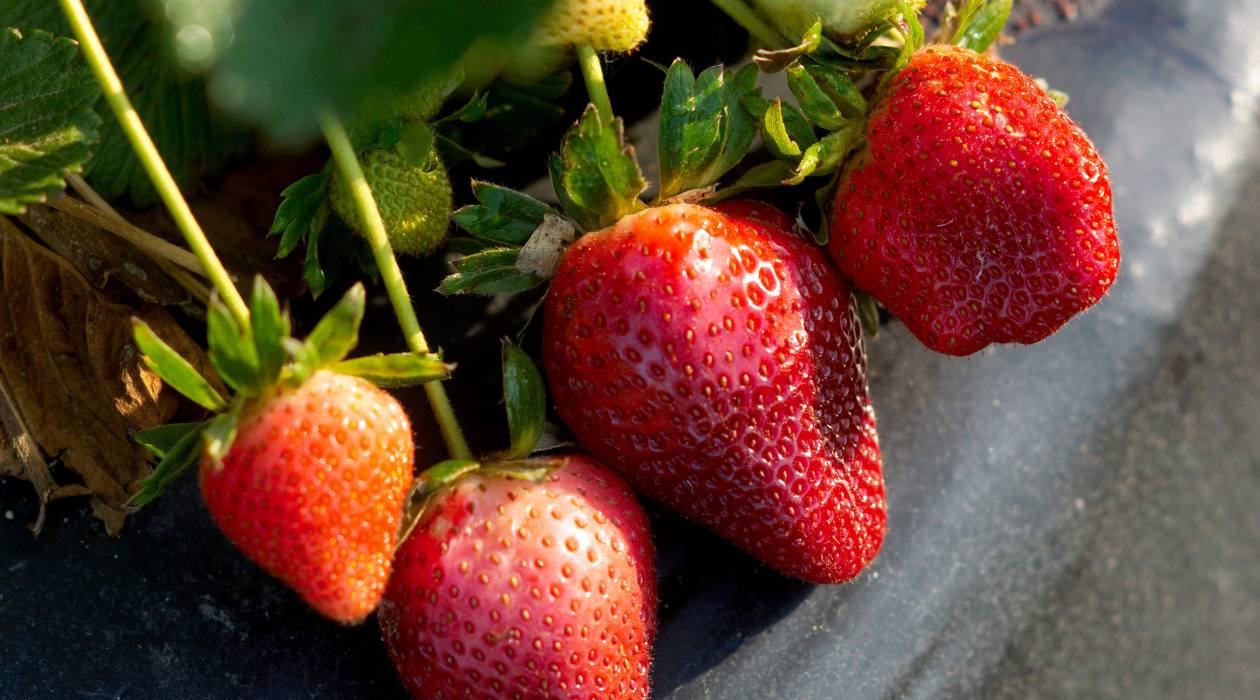
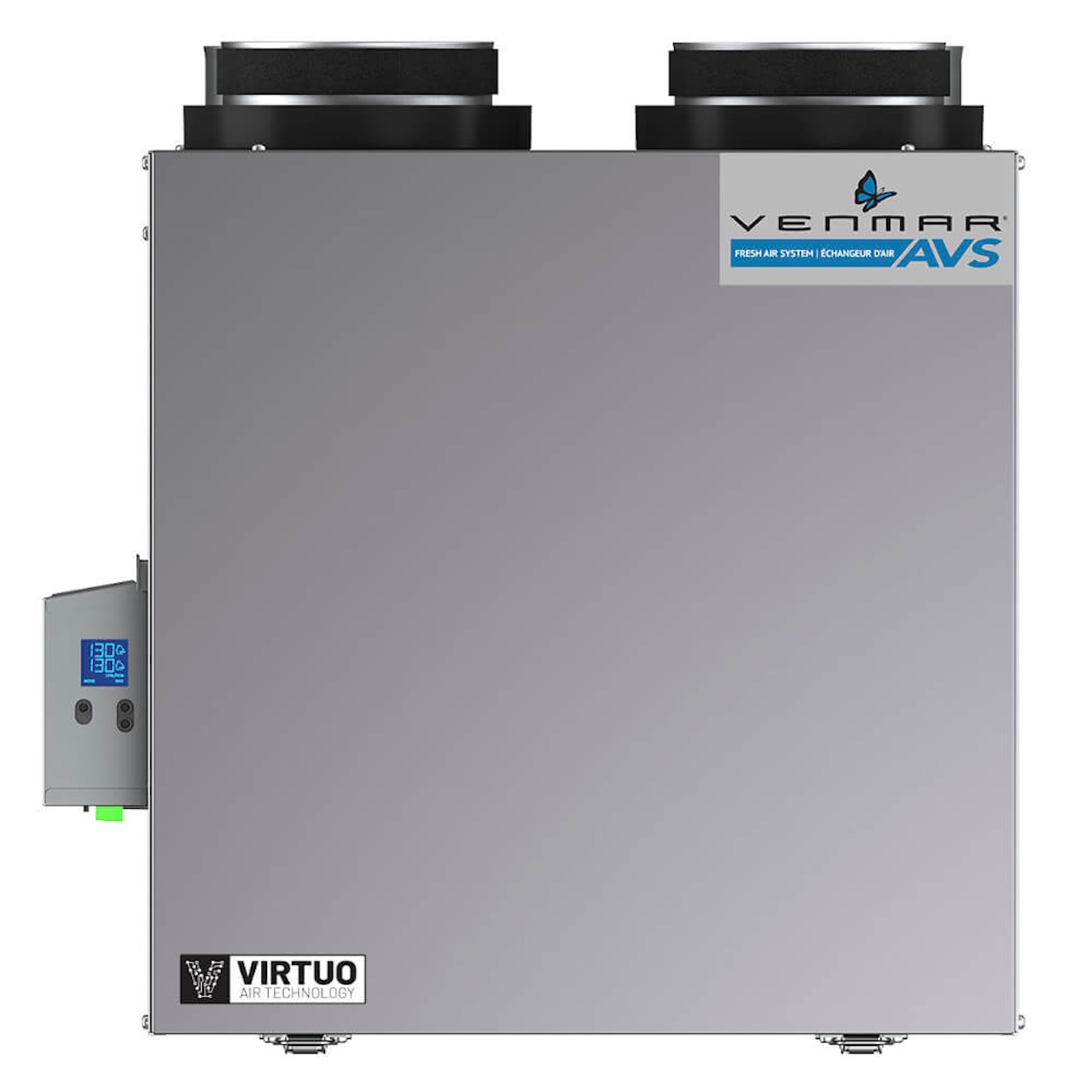
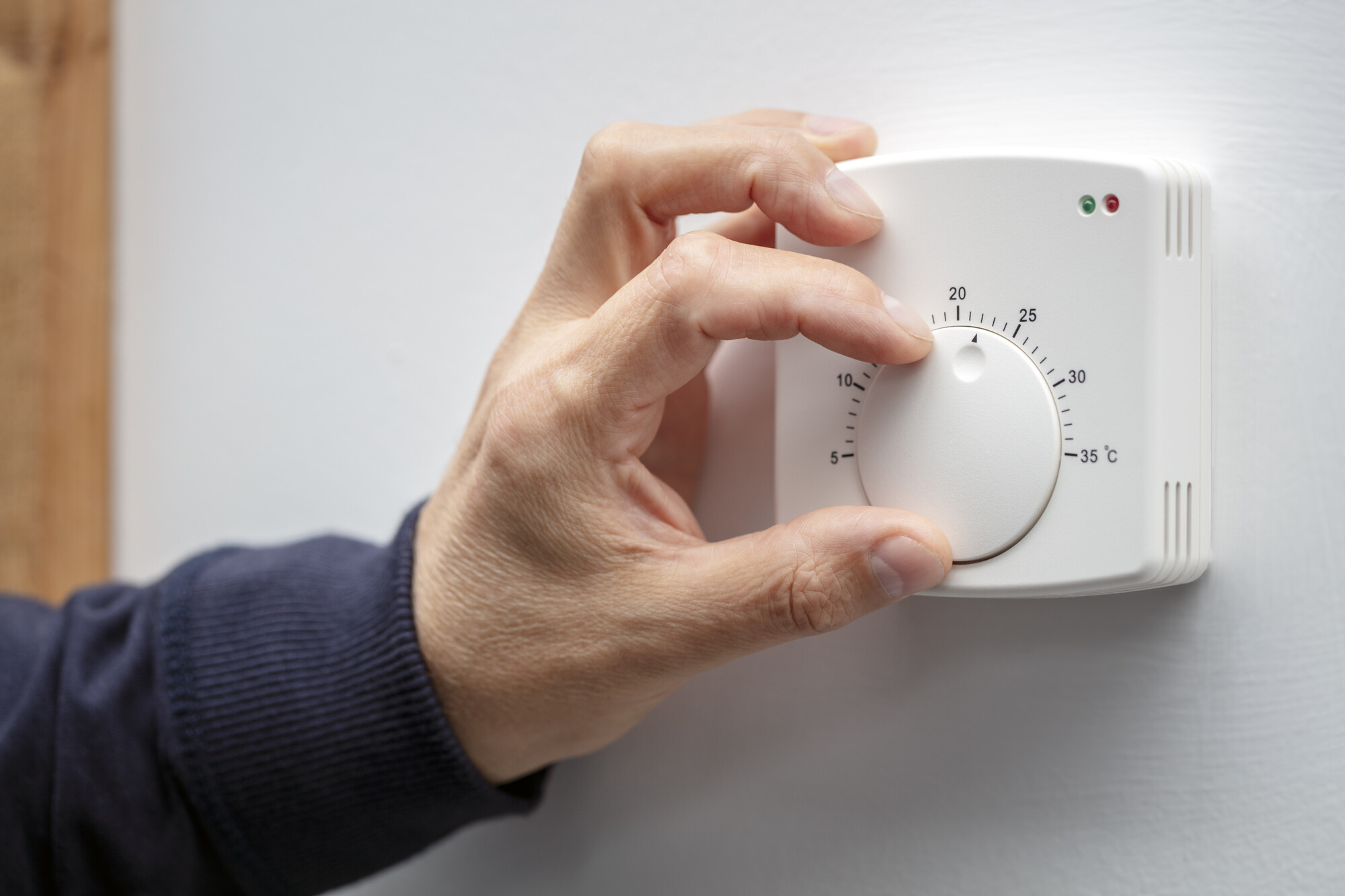
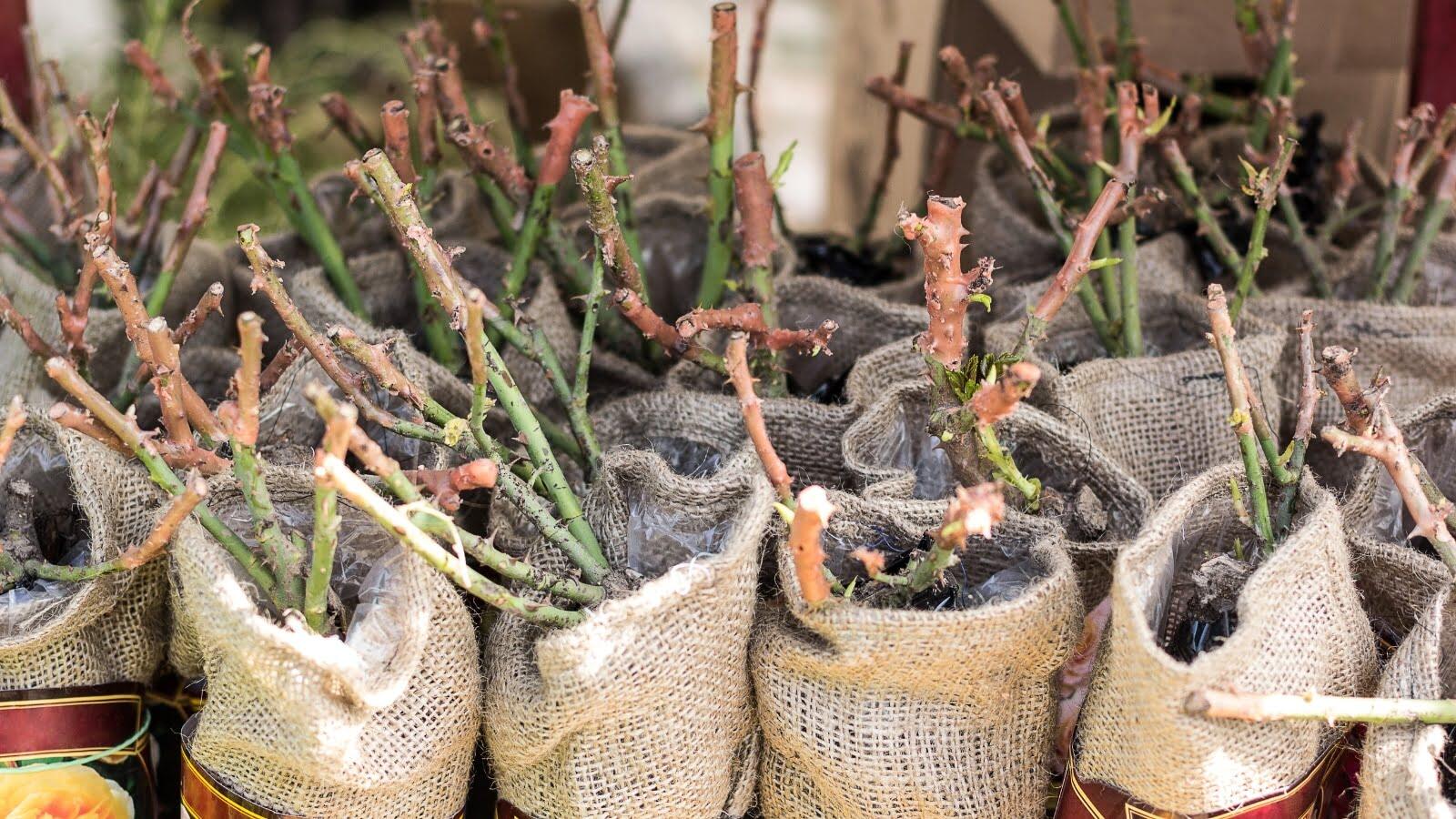
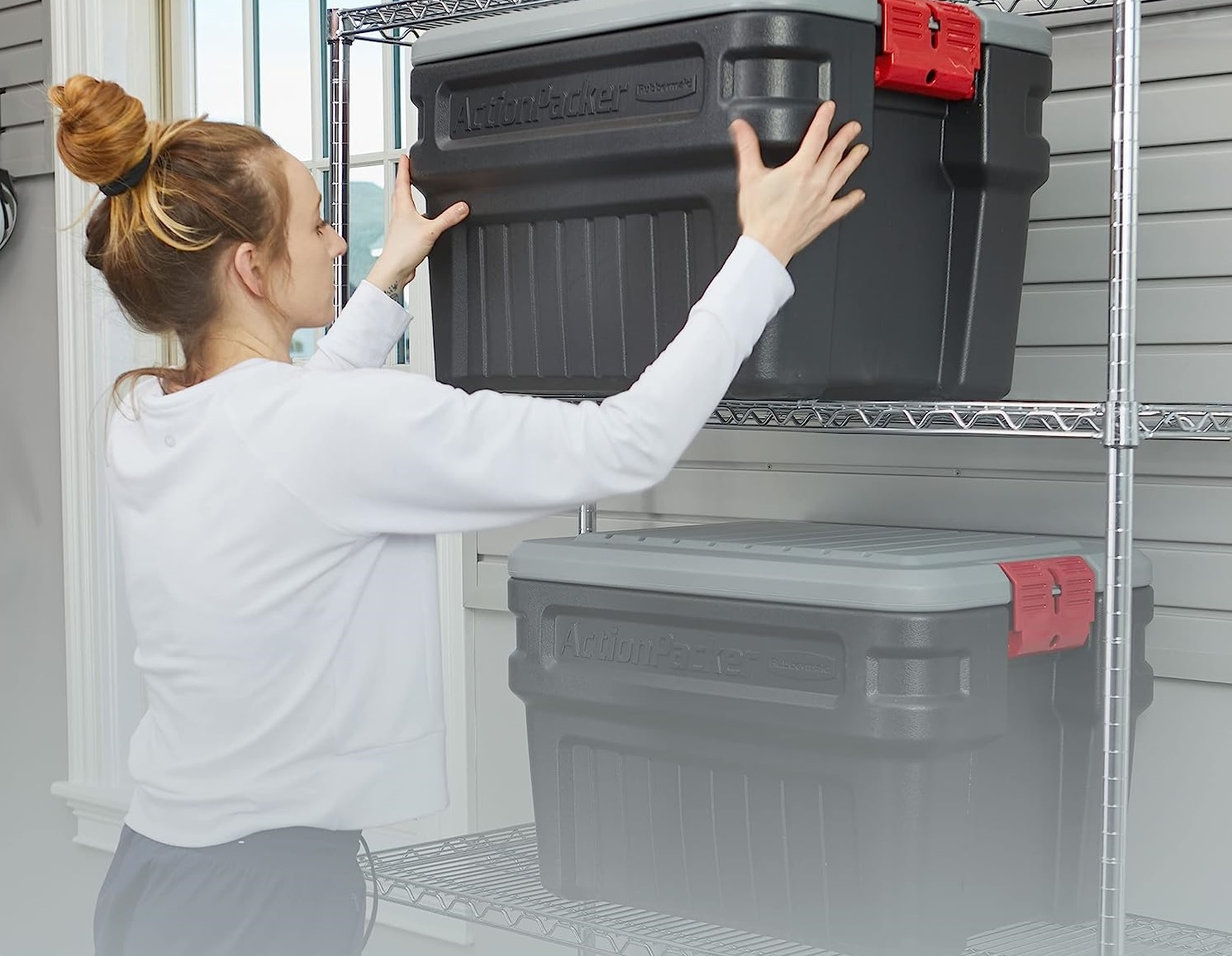
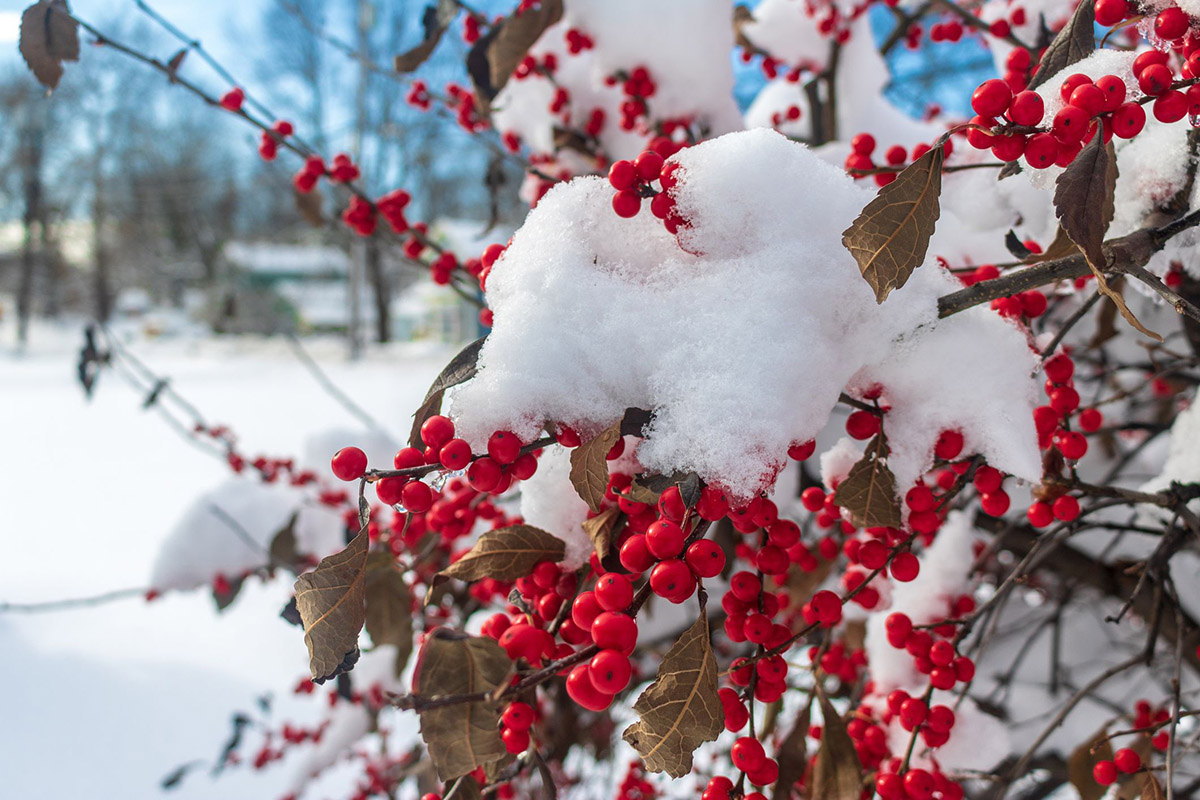
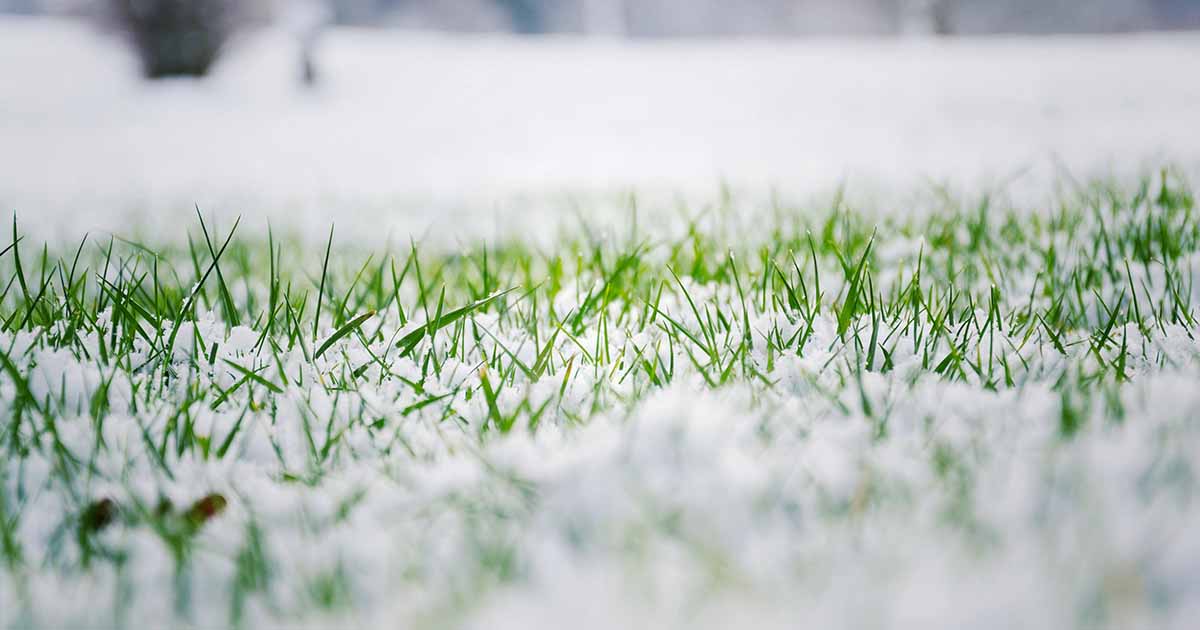
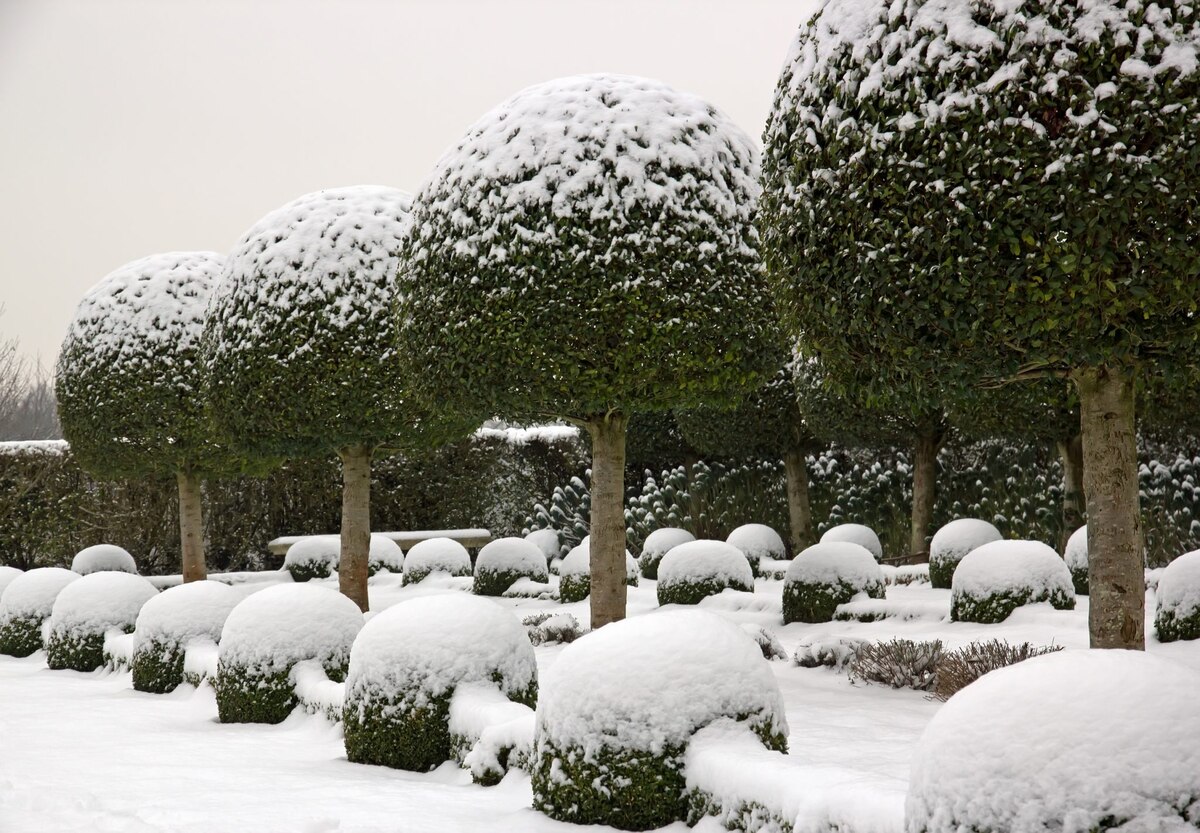
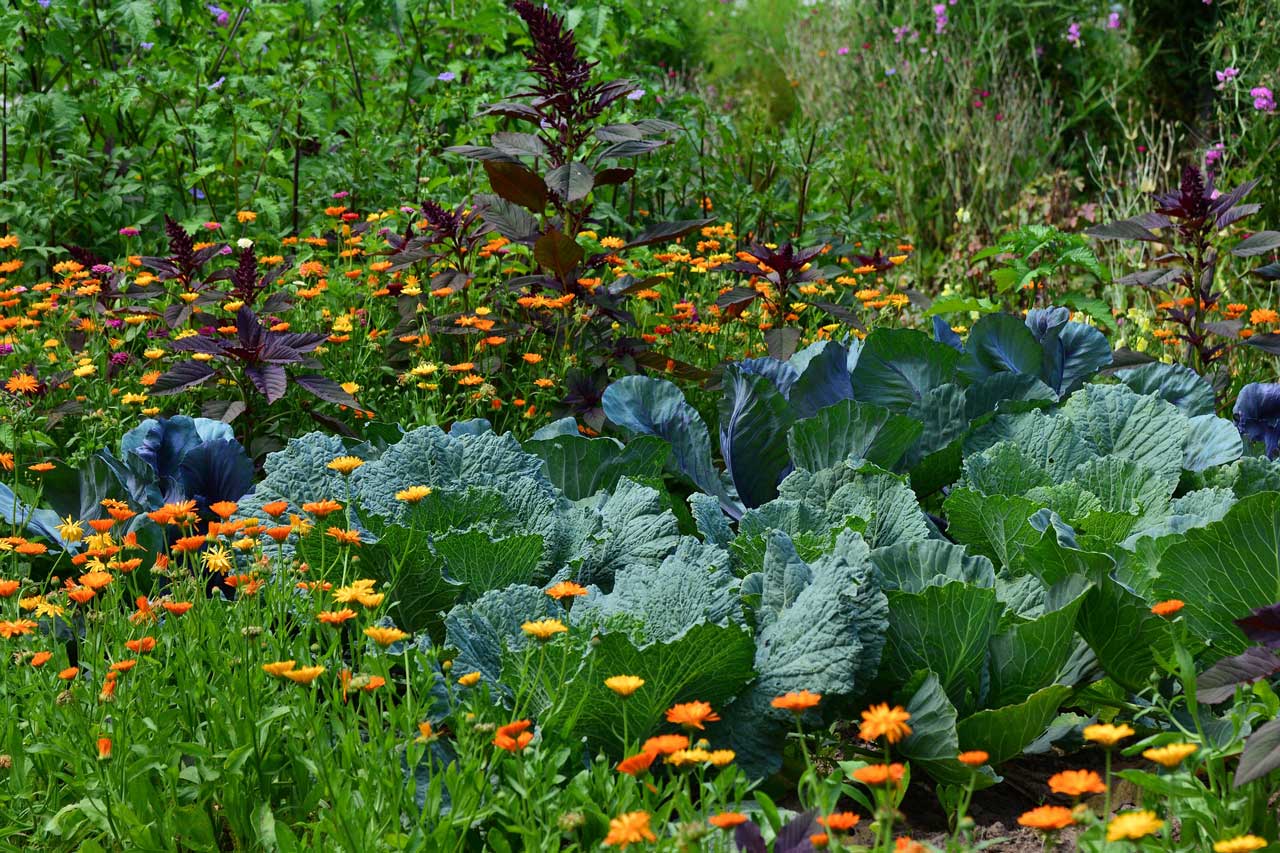
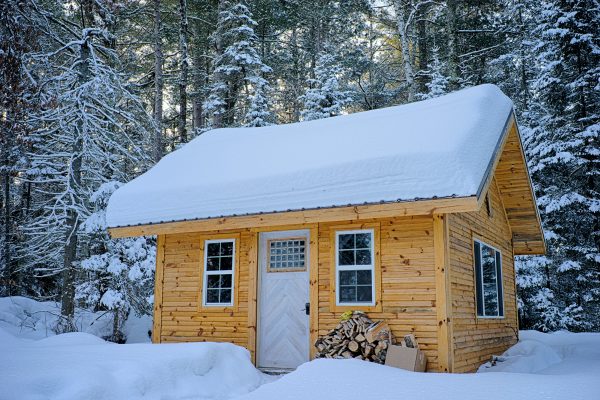


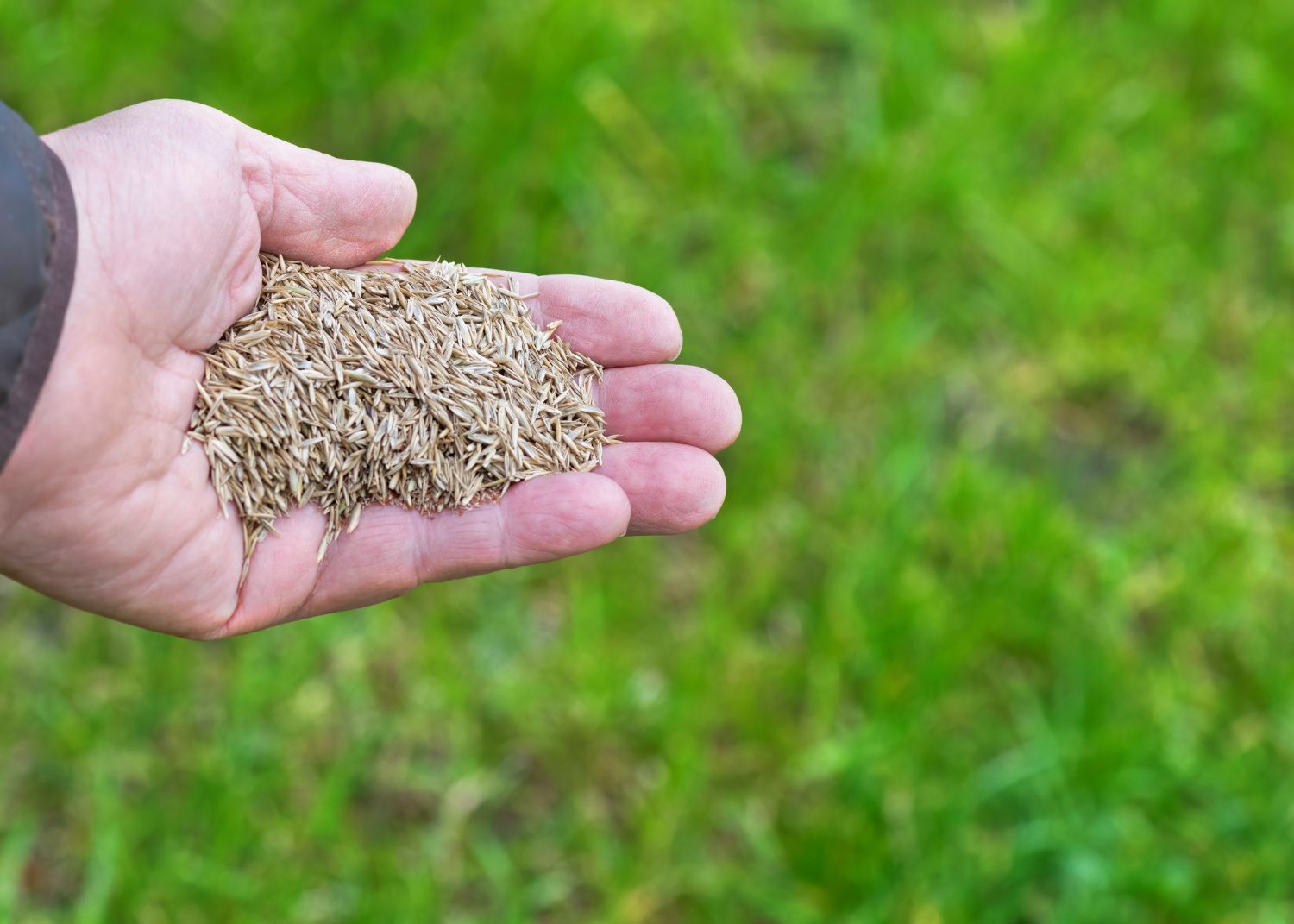

0 thoughts on “How To Store Plants During Winter”